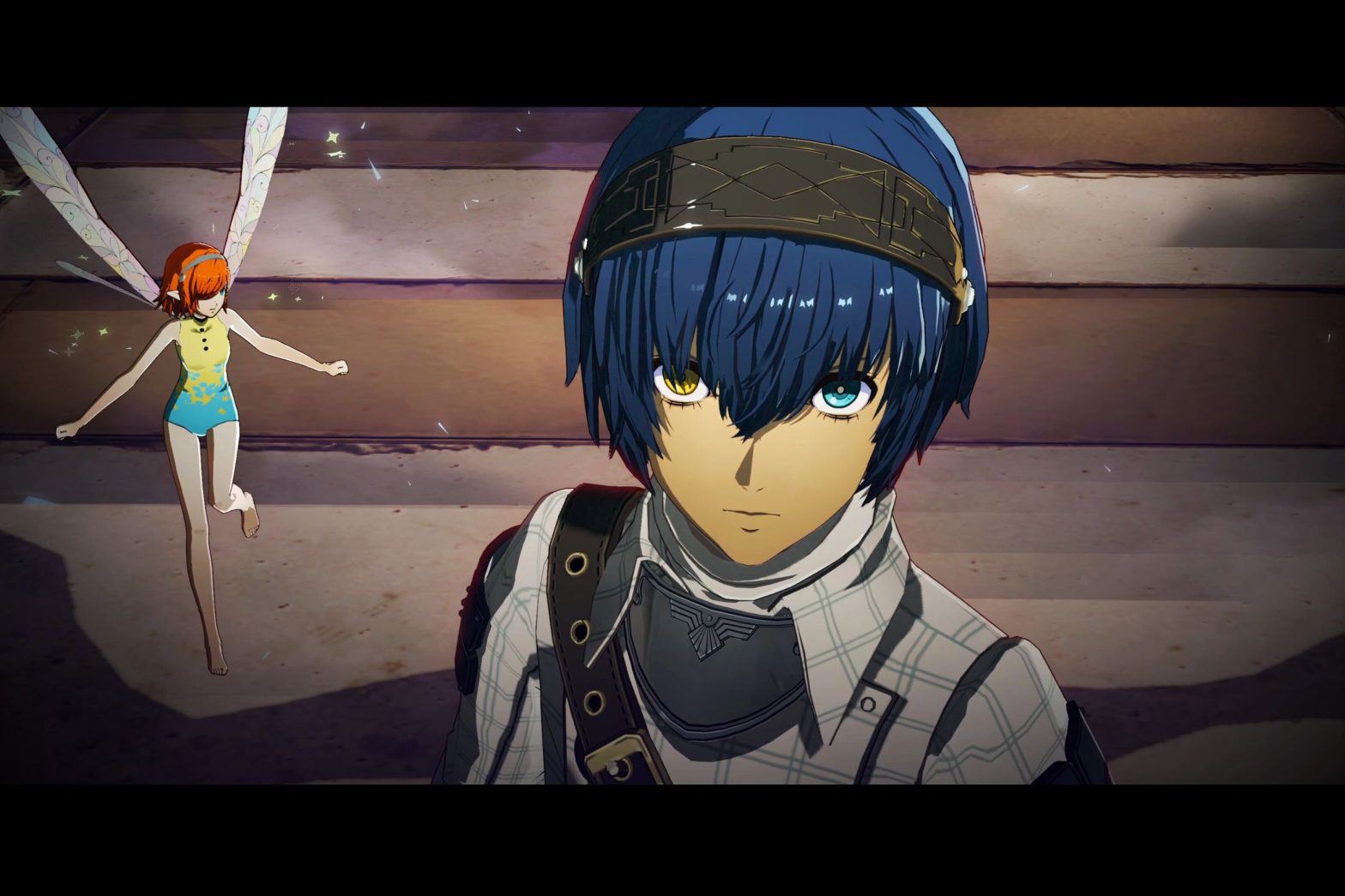/
Katsura Hashino talks about moving away from real-world settings with Metaphor: ReFantazio.
Share this story
:format(webp)/cdn.vox-cdn.com/uploads/chorus_asset/file/25658702/ss_527790d51f418e98fb04819221a348103c85a69b.jpg)
Persona 5 helped the roleplaying franchise break out with mainstream audiences, and it’s also a game that was in the works for a long time. Early work began in 2008, just after Persona 4 came out, with full development kicking off three years later. So, just ahead of the game’s launch in 2016, director Katsura Hashino — steward of the franchise since Persona 3 — asked the team what they wanted to do next. “Everyone said fantasy,” he tells The Verge.
That game would turn out to be Metaphor: ReFantazio, an epic RPG that launches on PlayStation, Xbox, and PC on October 11th. In a lot of ways, it’s reminiscent of Persona, with slick menus, turn-based combat, and gameplay systems forged through making meaningful connections with characters. But gone is the detailed rendition of modern-day Japan, which has been replaced by a high-fantasy realm full of fairies and kingdoms and terrible monsters called humans. The story kicks off when the king is killed and a tournament of sorts is put in place to find his successor.
For Hashino, fantasy was a chance to explore some ideas that weren’t possible in Persona’s modern-day setting. He really wanted a game that emphasized a long journey, for example, which is a common fantasy trope. That’s harder to do in a story about high school students. And so Metaphor has players traveling across a fantasy realm so large that you actually get a vehicle to help reach faraway towns and dungeons.
That’s not to say that all of the swords and sorcery mean that Metaphor doesn’t explore real-world issues. Instead, Hashino uses the fantasy setting as a way of broaching these topics in a different way. “Thematically, we put anxiety as the central focus of the game,” he explains. “In part because everyone has anxiety. But if we made a game focused on anxiety in the real world, we’d have to focus on really specific things about how it affects people in the modern world. And we’d drown in the specifics of it.”
In Metaphor, anxiety manifests not just as an emotion but also as something physical, an actual particle in the air that you can see. “That is something that we wouldn’t really be able to do in the real world,” Hashino says. “It’s more of an abstract kind of idea.”
But the shift to fantasy did have its own challenges: namely, coming up with a world from scratch. After so much time spent on games set in the modern day, Hashino gave himself a crash course in fantasy, reading books like The Lord of the Rings as a refresher. Whereas, with Persona 5, he could gather ideas simply by walking the streets around his office, here, inspiration wasn’t quite so simple. But he soon realized that simply imitating the existing fantasy canon wouldn’t work.
:format(webp)/cdn.vox-cdn.com/uploads/chorus_asset/file/25658703/ss_508f318eca41537a561d0c999b881b3e03dbd965.jpg)
“I realized that if we tried to imitate this in any way, in the characters or setting or world, it wouldn’t really reach the originals,” Hashino says. “If we tried to copy that it would just be a copy. So I thought: let’s try to make a fantasy game that only we can make.”
In the end, the game gave Hashino and the team exactly what they were looking for: a new experience. It forced the director to not only create a unique world but also imagine how the people in that world would act and live. If anxiety particles suddenly appeared in Tokyo, for instance, people would understandably be weirded out. But in Metaphor, they’re an everyday thing.
“Trying to put myself in the shoes of the people in this fantasy world, and how they would think, was a really interesting experience for me,” he says. “And something I’d never really done before with the Persona series.”
